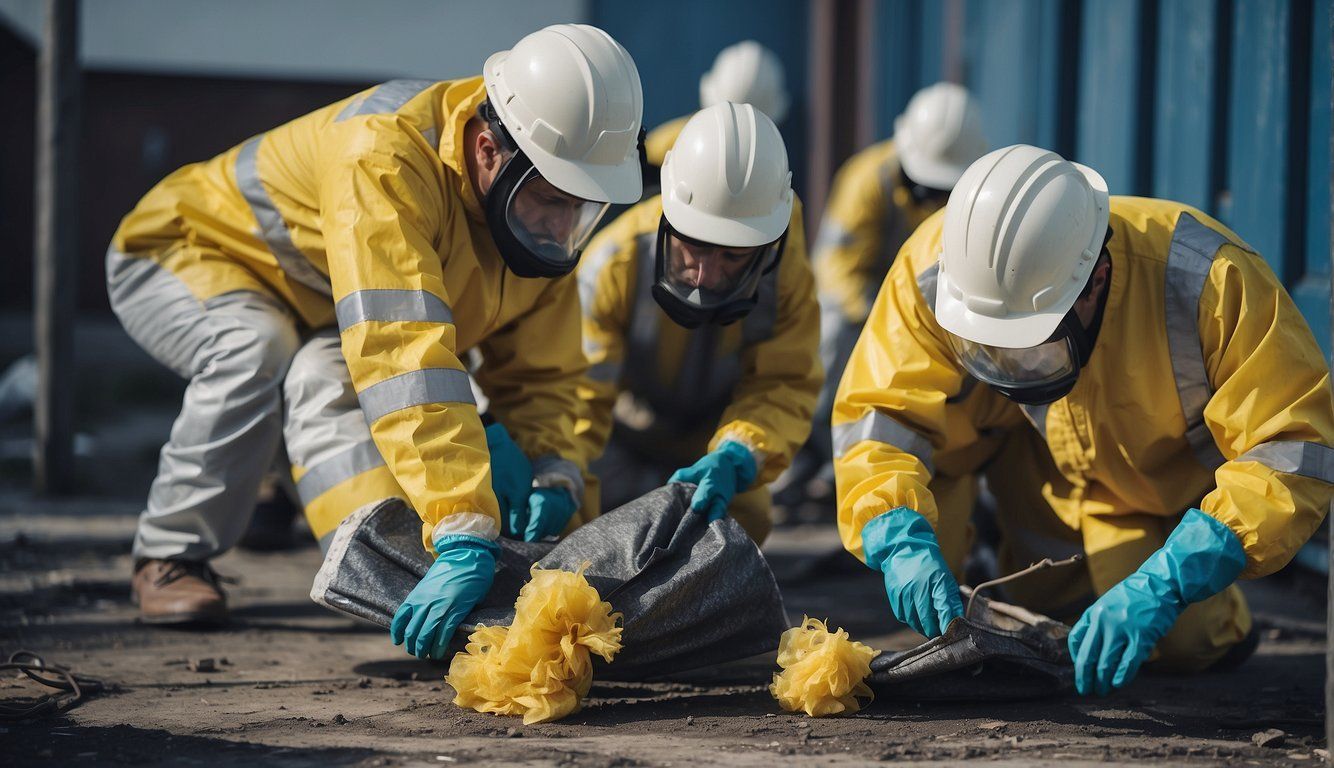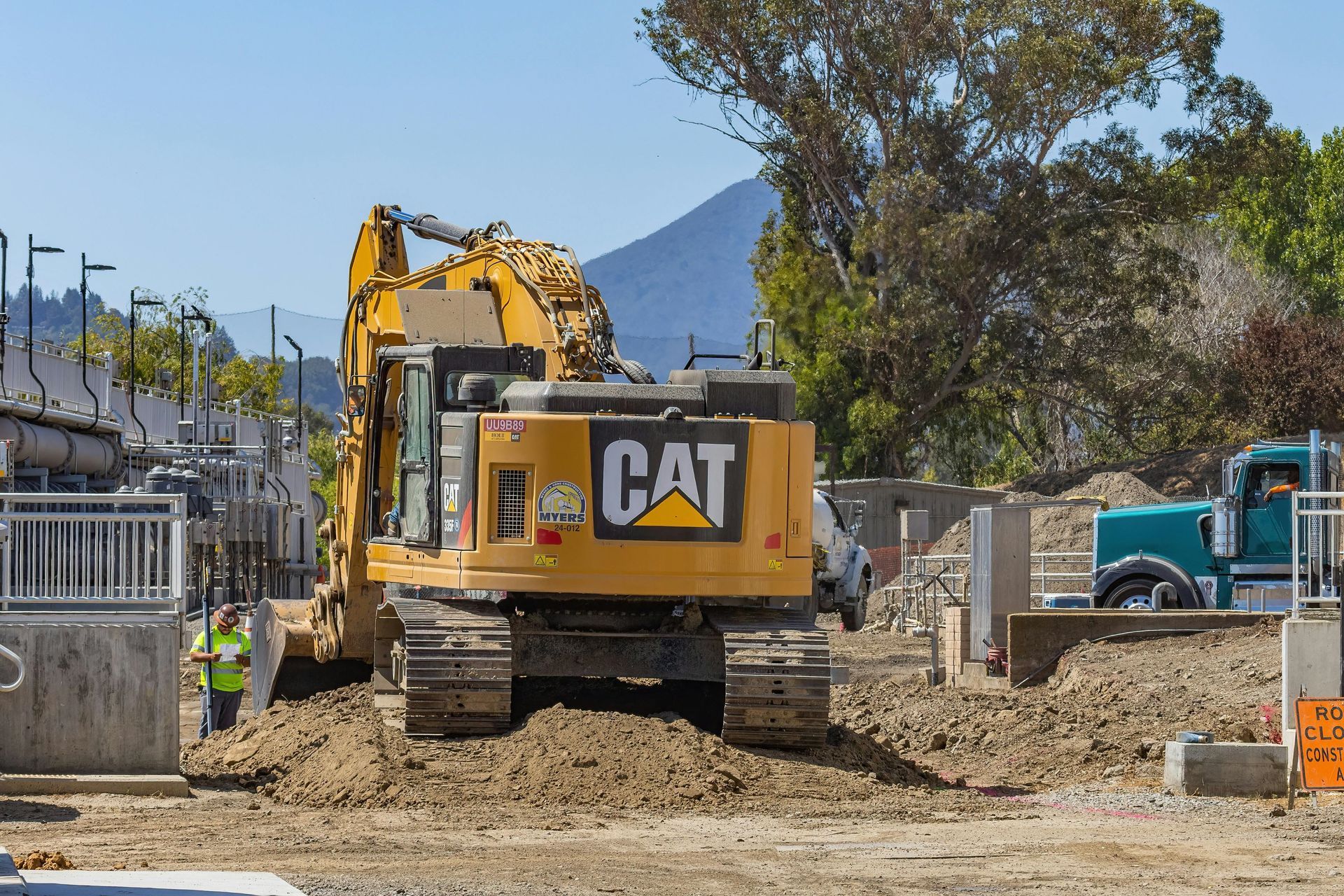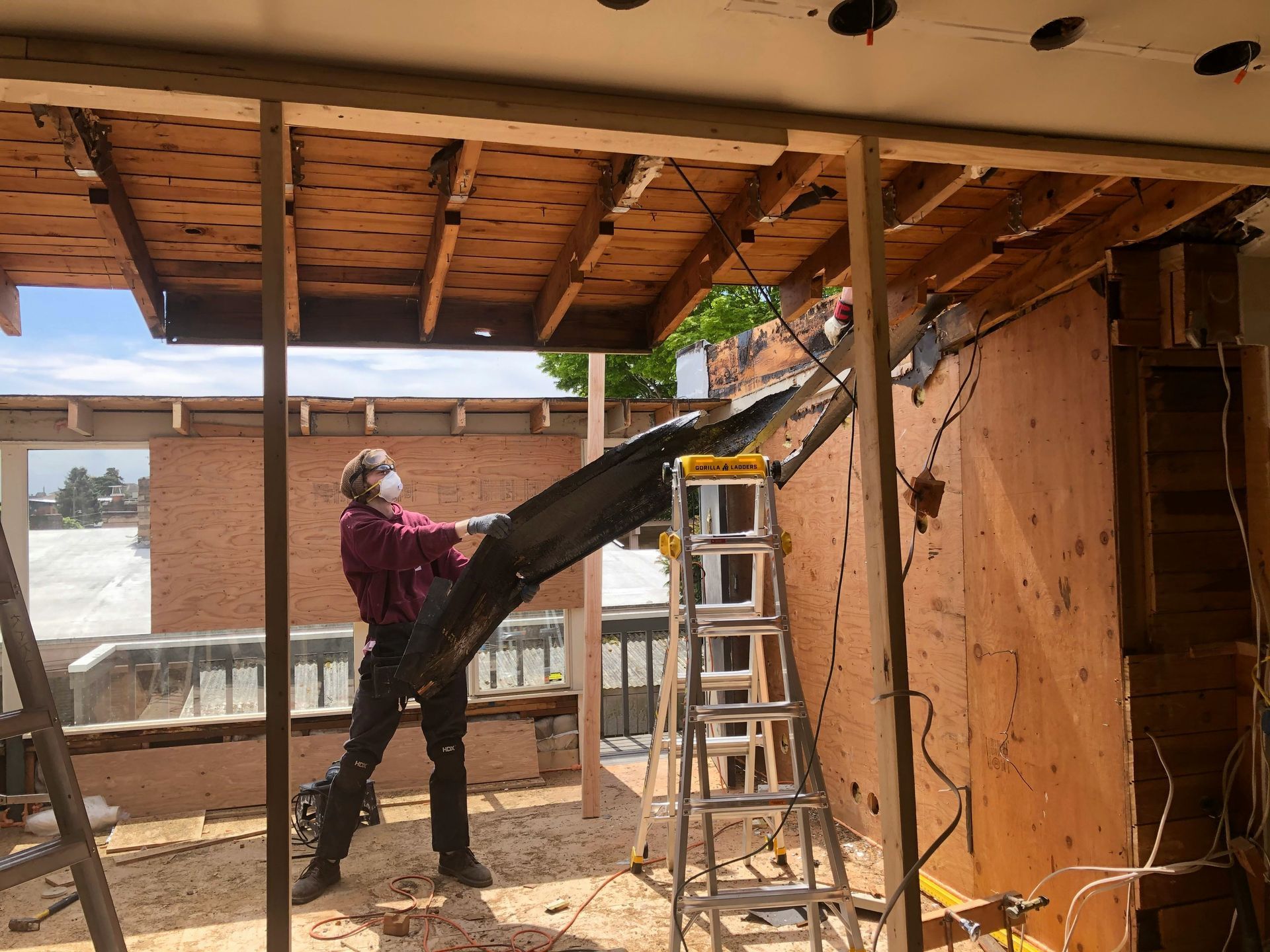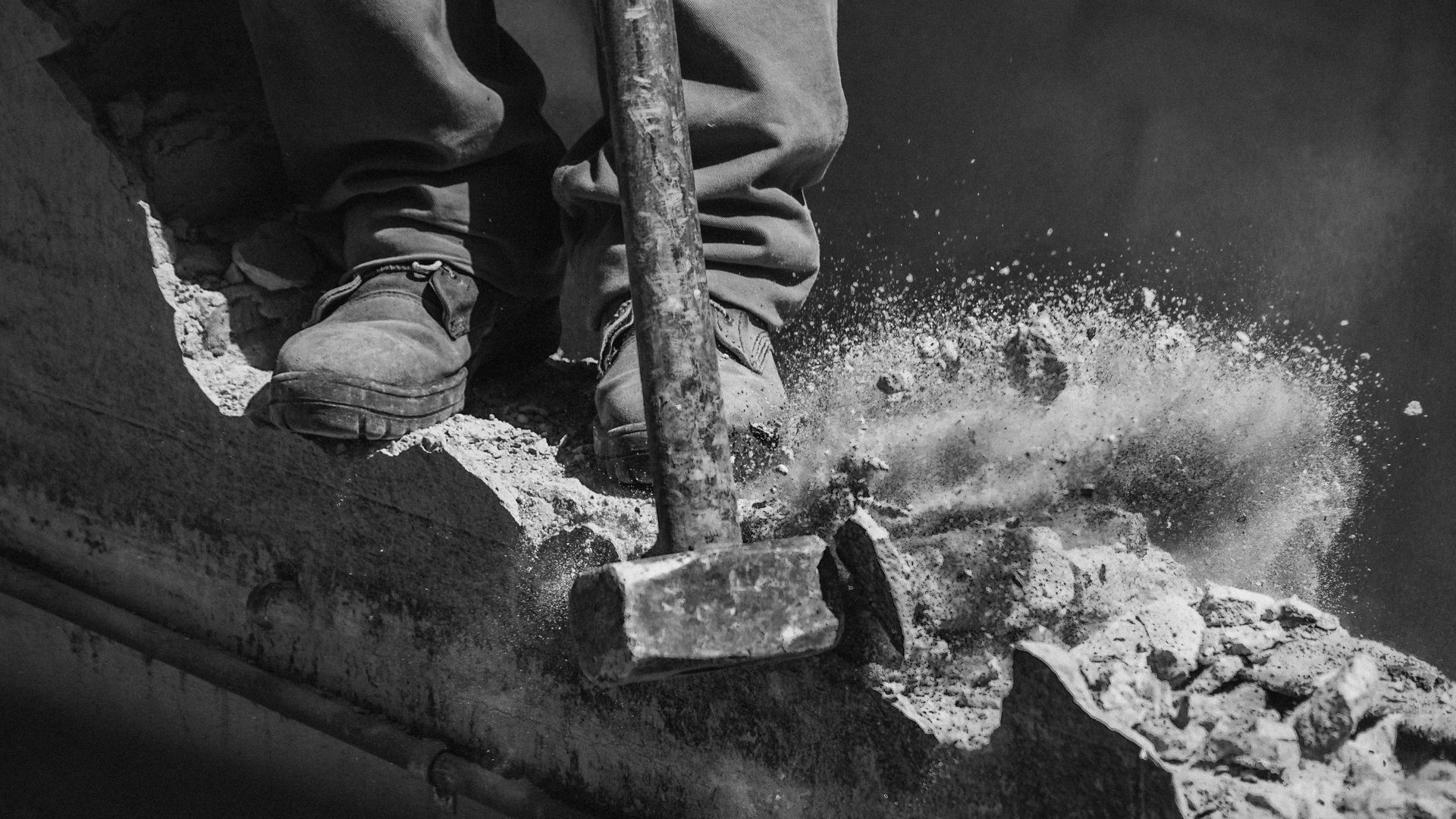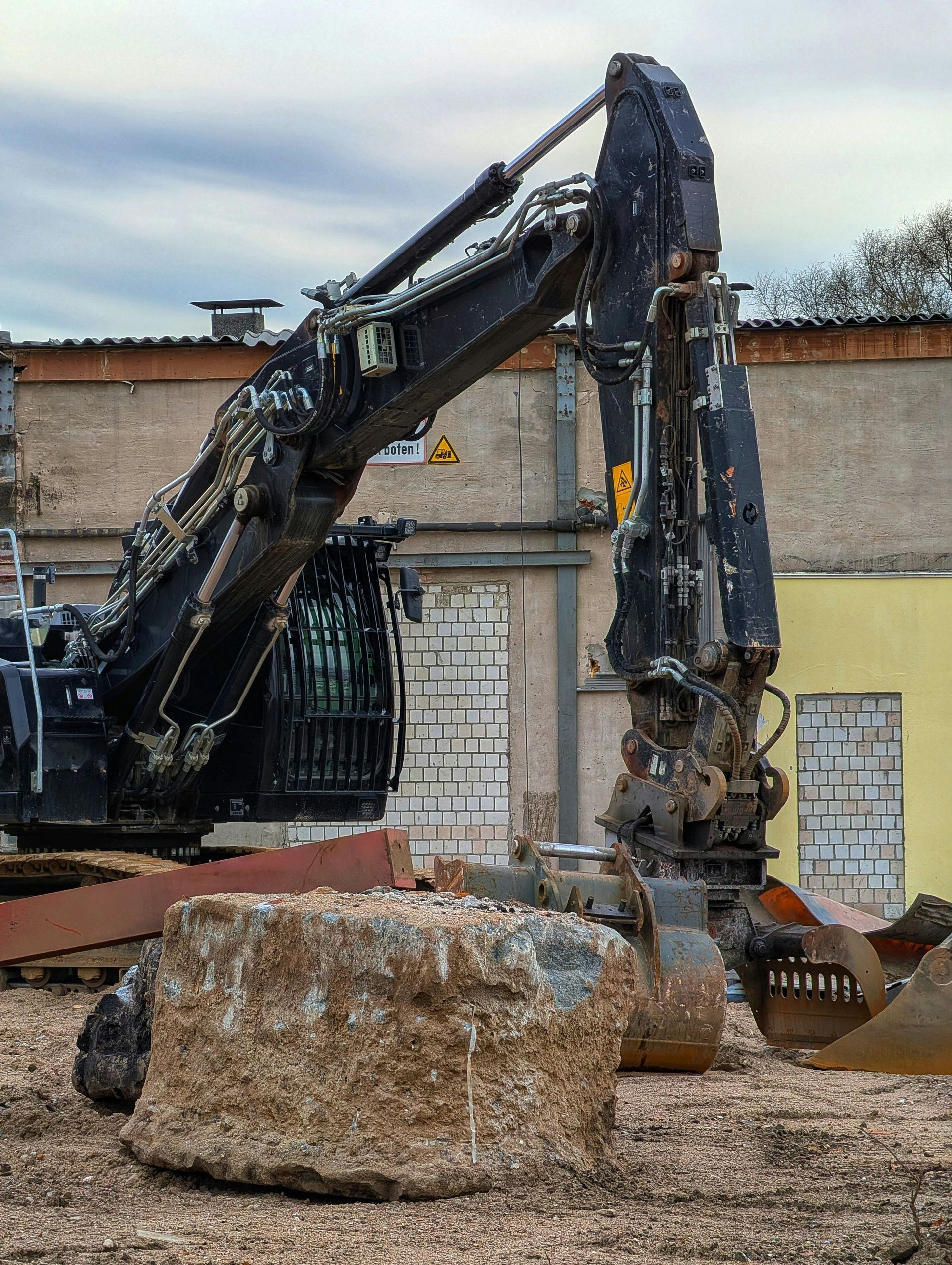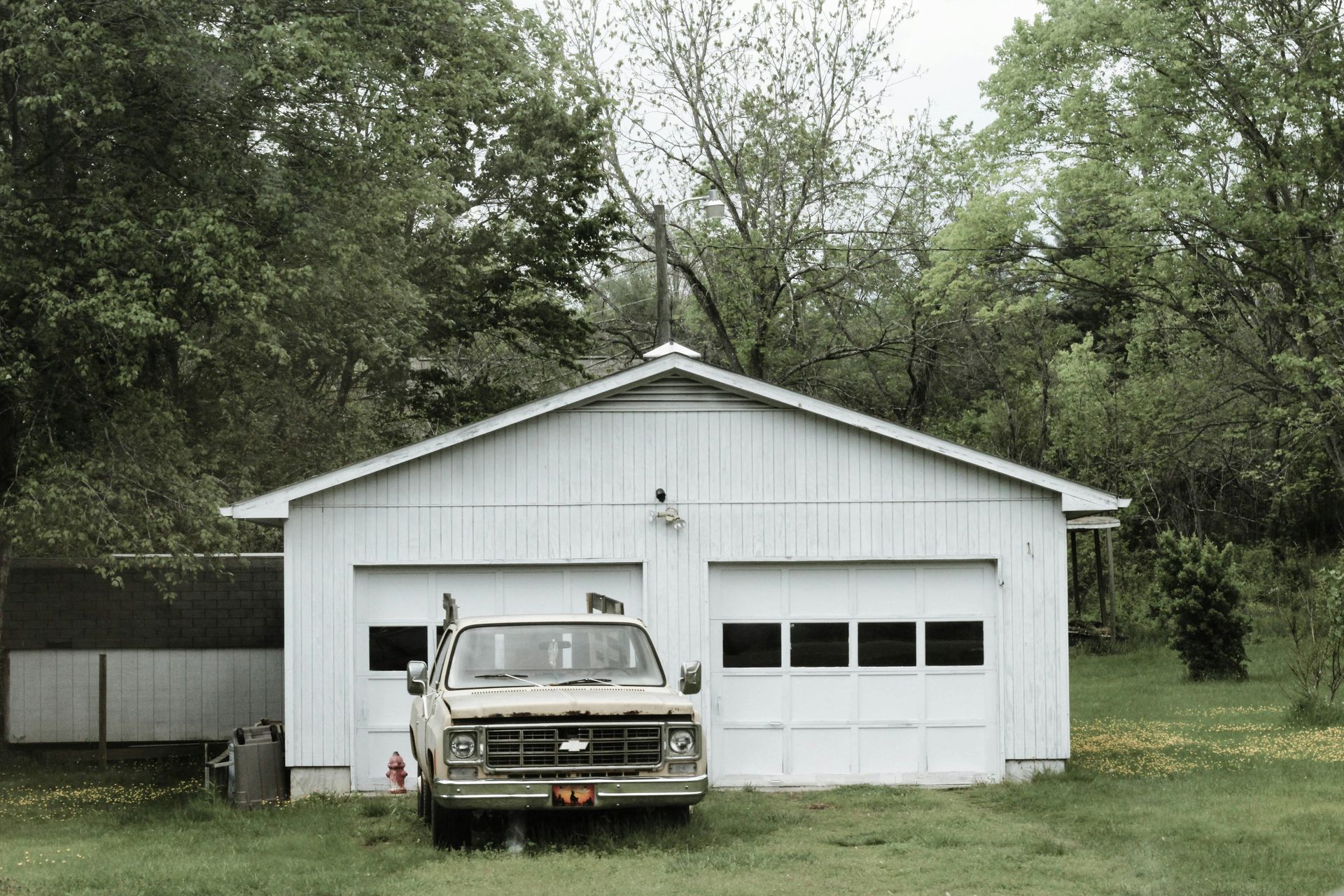Understanding the Risks of Hazardous Materials in Demolition
Older buildings frequently contain hazardous materials that were once commonly used in construction but have since been recognized as dangerous. Asbestos, for example, was widely used for insulation and fireproofing until the late 20th century. Lead-based paint and plumbing components were also standard in many structures prior to modern safety regulations. Other hazardous wastes, such as chemicals, solvents, or contaminated soil, can also be present.
When disturbed during demolition, these materials can release harmful particles and fumes into the air. Asbestos fibers, for instance, are microscopic and can cause serious lung diseases including asbestosis, lung cancer, and mesothelioma. Lead exposure is particularly dangerous for children and pregnant women, affecting neurological development and causing other severe health problems. Improper handling of any hazardous waste can lead to contamination of the surrounding environment and pose legal liabilities for contractors.
Regulatory Framework and Compliance Requirements
Because of the significant health and environmental risks, the removal of asbestos, lead, and other hazardous materials during demolition is heavily regulated. In many countries, government agencies such as the Environmental Protection Agency (EPA) and Occupational Safety and Health Administration (OSHA) have established strict guidelines.
These regulations dictate how materials must be identified, handled, contained, transported, and disposed of. Before any demolition work begins, a thorough hazardous materials survey is mandatory to identify the presence and extent of contamination. Contractors must then develop detailed abatement plans that comply with federal, state, and local laws.
Permits and notifications are often required prior to starting work. Specialized training and certification are necessary for workers involved in hazardous waste removal to ensure they follow safe procedures and use proper protective equipment.
The Process of Safe Hazardous Waste Removal
Safe removal begins with meticulous planning and site assessment. Experts conduct environmental testing to locate asbestos, lead-based paint, and other hazardous substances. Once identified, areas are sealed off using containment barriers and negative air pressure systems to prevent the spread of contaminants.
Workers wear personal protective equipment (PPE) such as respirators, disposable suits, gloves, and eye protection. Asbestos removal, in particular, involves wetting materials to reduce dust and carefully dismantling affected sections without breaking fibers loose.
Lead-based paint removal might involve chemical stripping or careful scraping under controlled conditions. Any waste generated is securely packaged in labeled, leak-proof containers for transport to approved disposal facilities. Continuous air monitoring ensures that airborne contaminants remain within safe limits throughout the process.
Proper decontamination procedures are followed before workers exit the containment area, minimizing the risk of cross-contamination. Finally, the site undergoes a thorough clearance inspection before demolition proceeds.
Challenges and Innovations in Hazardous Waste Management
Handling hazardous materials during demolition presents several challenges. Ensuring worker safety while maintaining productivity requires a delicate balance. Containment and cleanup can be time-consuming and costly, and any mistakes can lead to regulatory fines or health hazards.
However, the industry has seen advances that improve safety and efficiency. New technologies such as improved air filtration systems, advanced PPE, and real-time monitoring devices help minimize risks. Remote-controlled equipment can also reduce worker exposure by performing hazardous tasks from a distance.
In addition, some companies have developed specialized training programs that focus on best practices for hazardous material removal, ensuring that crews stay current with evolving standards and techniques.
The Importance of Choosing Experienced Contractors
Given the
complexity and risks involved, selecting a demolition contractor with proven experience in hazardous waste removal is critical. A reputable company will have the certifications, expertise, and resources needed to manage hazardous materials safely and legally.
They will also provide clear communication and transparency throughout the project, ensuring clients understand the scope of work, timelines, and safety measures in place. Proper hazardous waste management not only protects health and the environment but also safeguards the reputation and financial standing of all parties involved.
Conclusion: Safety First in Demolition
Asbestos, lead, and other hazardous wastes are among the most
significant challenges in demolition projects. Their presence demands careful attention to health risks, regulatory compliance, and environmental protection. Through thorough planning, specialized training, and the use of advanced equipment and protocols, demolition companies can safely and effectively manage hazardous materials.
For any demolition project, prioritizing safe hazardous waste removal is essential—not just for legal compliance, but for the well being of workers, nearby communities, and future occupants. Choosing experienced professionals and following best practices ensures demolition can proceed with confidence and care.
